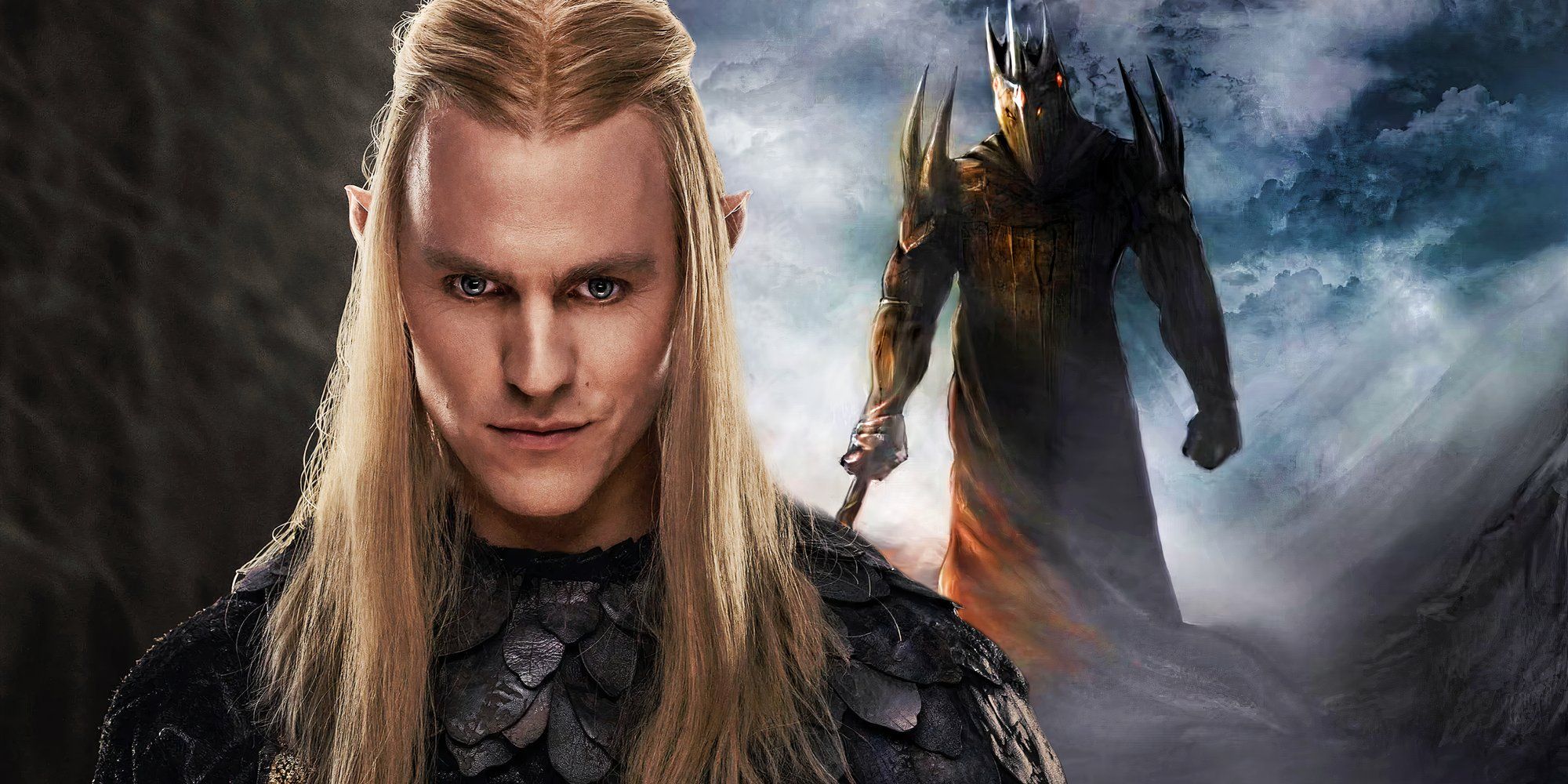
The primary references to this history from before Middle-earth’s Second Age come in the prologue of The Rings of Power season 1, episode 1. The War of Wrath is a primary focus in these flashbacks, detailing the final defeat of Morgoth by a combined force of elves, men, and Valar. Given their depiction in Tolkien’s books, Sauron and Morgoth are two Lord of the Rings villains who are closely connected. Interestingly, The Rings of Power makes these connections more prevalent by revealing that Sauron’s Crown was once owned by Morgoth, a headpiece with a deep history.
Morgoth’s Crown Held The Three Silmarils During The First Age
Morgoth’s Crown Was Integral To The War Of The Great Jewels
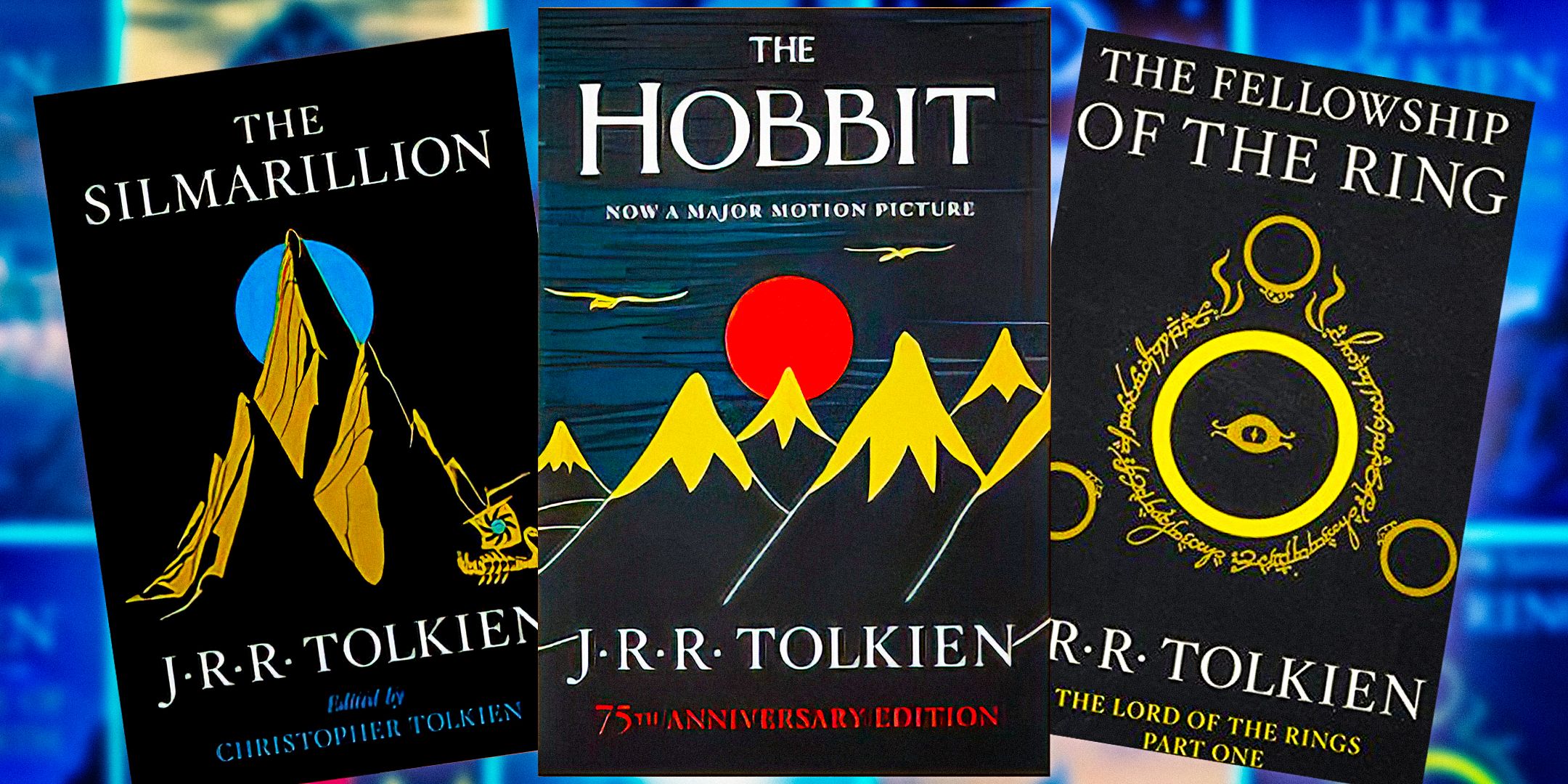
The aforementioned War of Wrath was, despite its moniker, a single battle that ended the War of the Great Jewels. The jewels in question are The Lord of the Rings’ Silmarils, three jewels of pure light that were considered the most beautiful objects in all of Middle-earth and desired by many. Morgoth himself sought the Silmarils as a result, waging war against the kingdom of Valinor in order to obtain them. Morgoth succeeded in stealing the Jewels, taking them back to Middle-earth with him.
Celebrimbor’s crafting of the Rings of Power was inspired by the creator of the Silmarils, Fëanor.
Eventually, Morgoth crafted the Iron Crown during the First Age. Morgoth decorated the Iron Crown with the Silmarils and often refused to take it off. As such, the Iron Crown became a symbol of both Morgoth’s power and his desires, as the Silmarils remained coveted by men, elves, dwarves, and Valar across Middle-earth. Up until The Lord of the Rings’ 20 Rings of Power were crafted, the Silmarils were considered the biggest creations in Middle-earth regarding the impact they had on the First Age.
Interestingly, The Rings of Power‘s mention of three human heroes ties to the story of Morgoth’s Iron Crown and the Silmarils. In The Rings of Power season 2, episode 5, Sauron mentions Eärendil, Tuor, and Beren to Celebrimbor. The latter of these heroes, Beren, sought to claim a Silmaril from Morgoth as a symbol of his love for an elf named Lúthien. Beren succeeded, with the Silmaril being passed down to Elwing, who eventually married Eärendil. The latter was the one who convinced the Valar to destroy Morgoth, leading to the War of Wrath.
Morgoth’s Crown Shouldn’t Still Exist During The Rings Of Power’s Second Age
Morgoth’s Crown Being Included In The Second Age Is A Change From Tolkien’s Lore
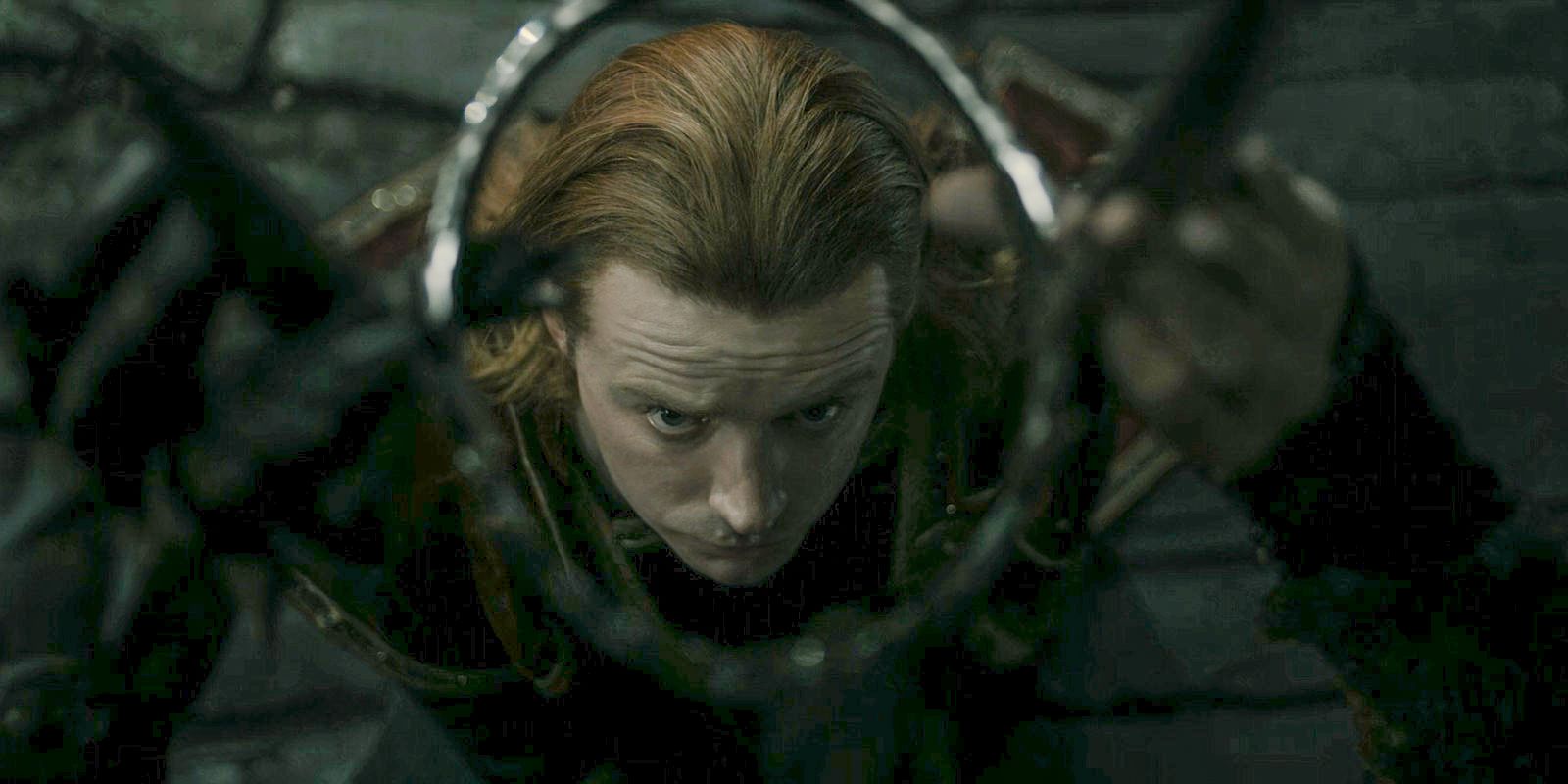
In The Rings of Power season 2, episode 6, it is confirmed that Morgoth’s Iron Crown was eventually passed down to Sauron. The Iron Crown was used by Adar in the assassination attempt of Sauron shown in The Rings of Power season 2, episode 1, and appears again in Adar’s camp in season 2, episode 6. Interestingly, this marks a big lore change from Tolkien’s works, which established a much different history for the Iron Crown.
In Tolkien’s novels, it is mentioned that Morgoth was cast to the Timeless Void after the War of Wrath, never to return. In order to keep Morgoth away from Middle-earth, he was bound with several chains that connected to a collar around his neck. This collar was said to have been forged out of the Iron Crown, meaning the symbol of Morgoth’s former power now serves as a way to keep him imprisoned. As such, the Iron Crown appearing in The Rings of Power‘s timeline marks a change from Tolkien’s lore.
The Rings Of Power Gives Morgoth’s Crown Special Powers
Morgoth’s Crown Is Given A Big Role In The Rings Of Power
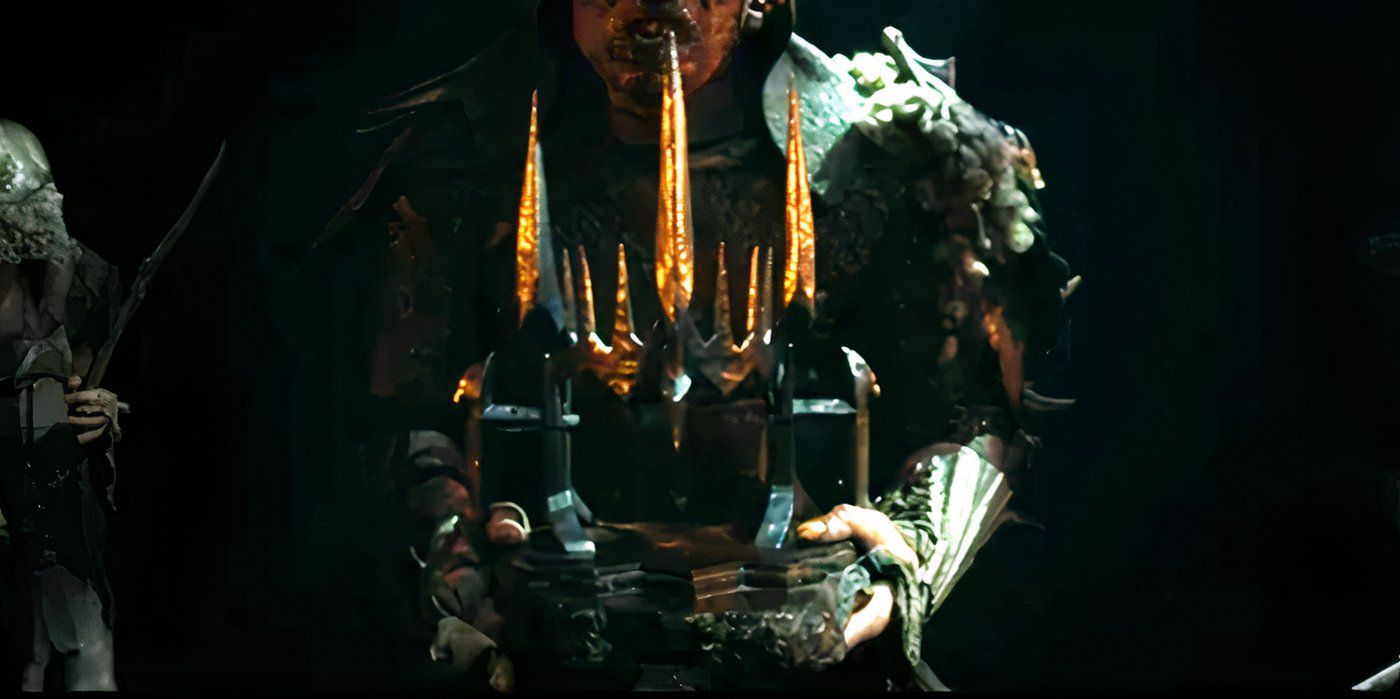
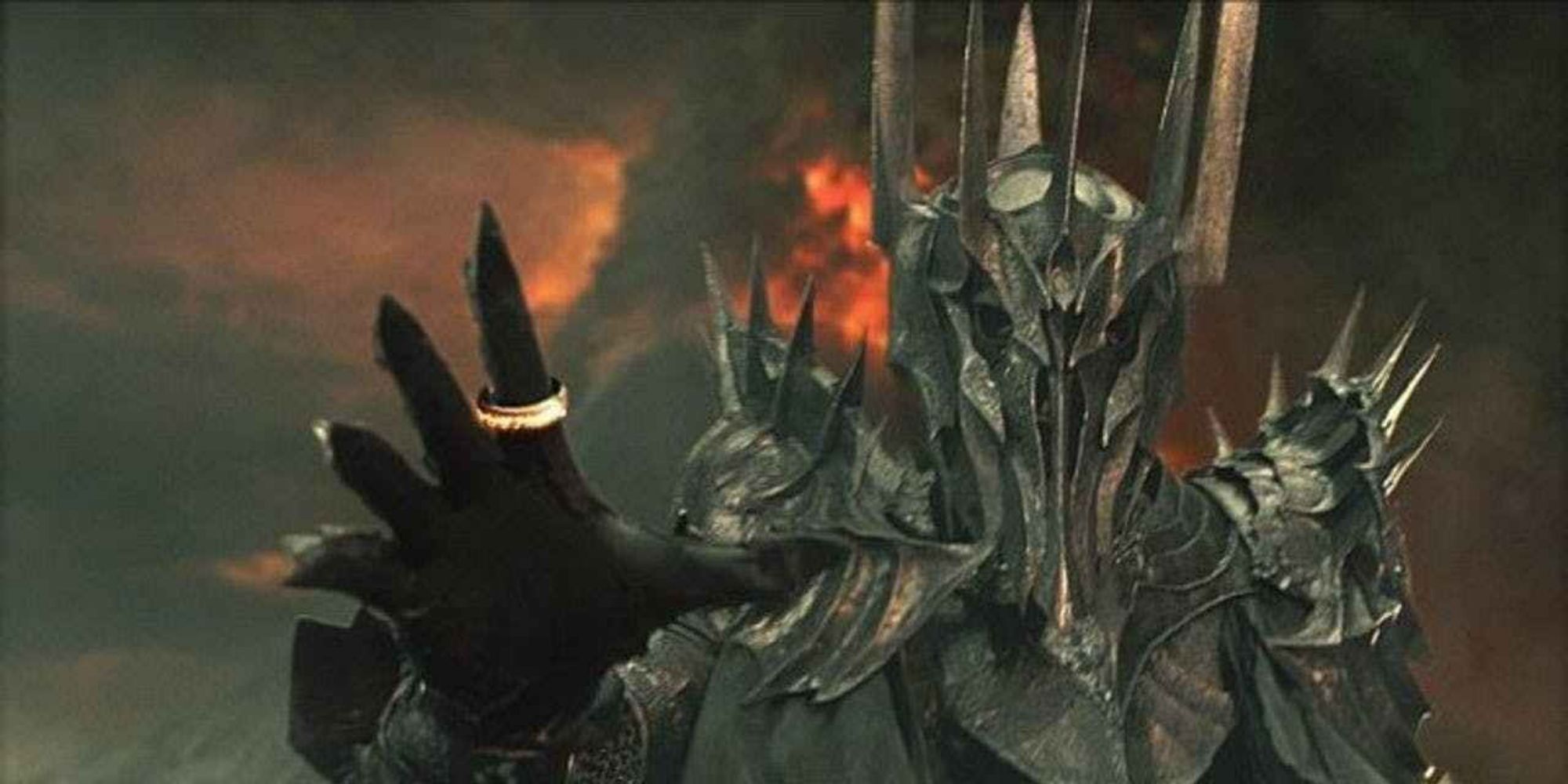
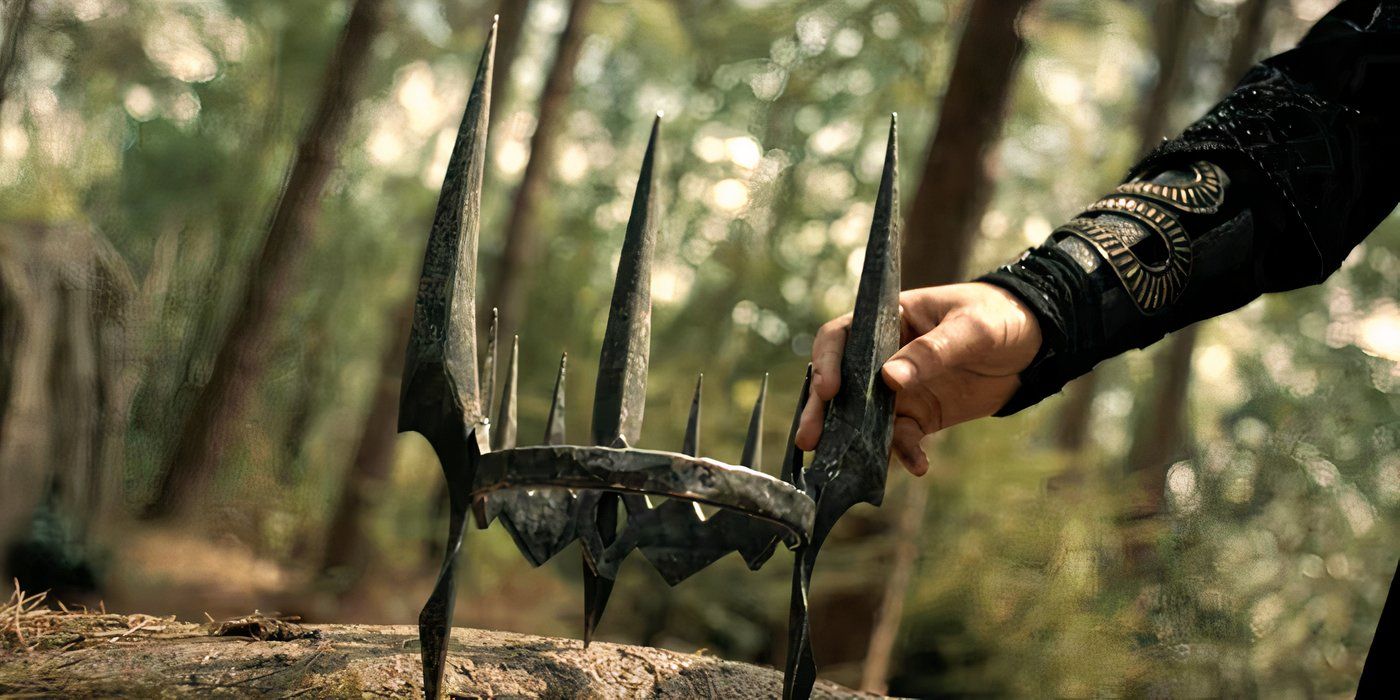
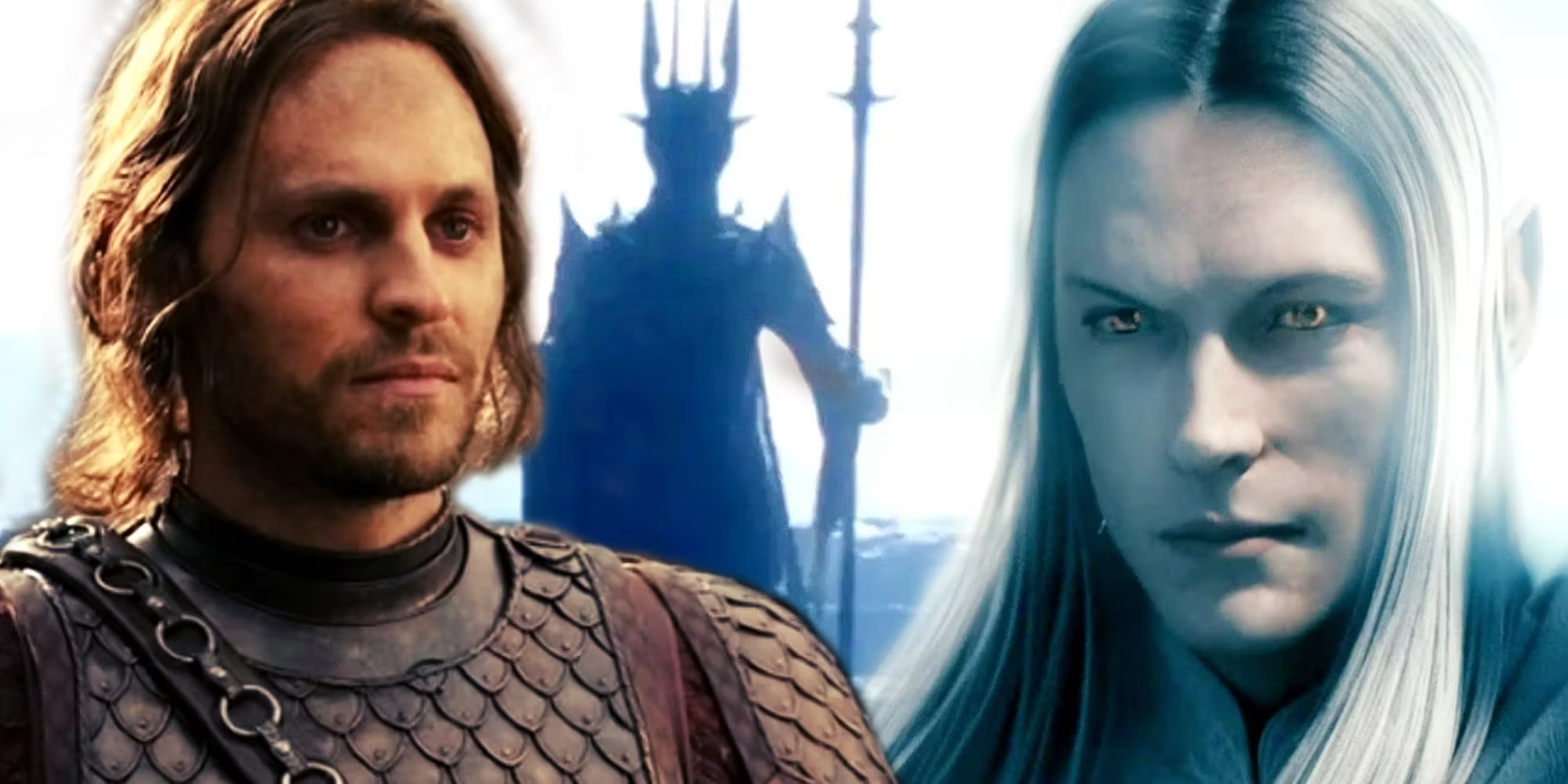
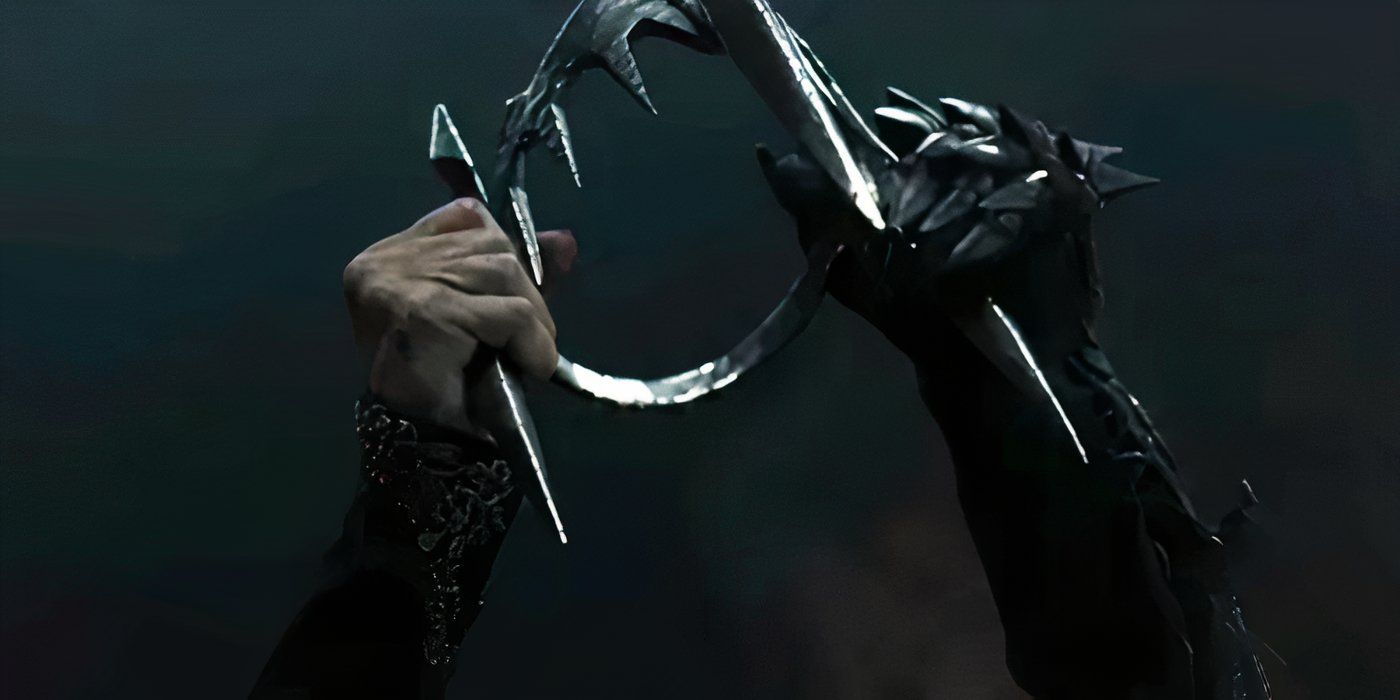





Despite the change to Tolkien’s lore, The Rings of Power season 2 gives Morgoth’s Iron Crown a reason for existing. The show establishes that Morgoth’s Crown has an unspecified power, though this certainly makes sense. After all, Morgoth’s Iron Crown was capable of holding the Silmaril, with the Jewels themselves having an unspoken power over every living being. Similarly, the story of Beren and Morgoth ends with the former’s knife, Angrist, being broken against the latter’s crown. Angrist was a special weapon and was said to cut through iron like it was wood, making Morgoth’s Crown incredibly durable.
With The Rings of Power establishing the special powers of Morgoth’s Crown, it makes sense as to why Adar’s attempt against Sauron’s life diminished the latter’s power…
In The Rings of Power, Adar mentions that Morgoth’s Crown has the power to vanquish Sauron. This was highlighted in The Rings of Power season 2, episode 1 when Adar used the crown to stab Sauron. Given Sauron’s status as a Maiar, regular swords of Uruks should not kill him as they do in this scene. However, with The Rings of Power establishing the special powers of Morgoth’s Crown, it makes sense as to why Adar’s attempt against Sauron’s life diminished the latter’s power for centuries. Now, Adar intends to use the Iron Crown to kill Sauron once more.
What Morgoth’s Crown Represents In The Rings Of Power
The Iron Crown’s Meaning Remains Consistent Between Novels & TV
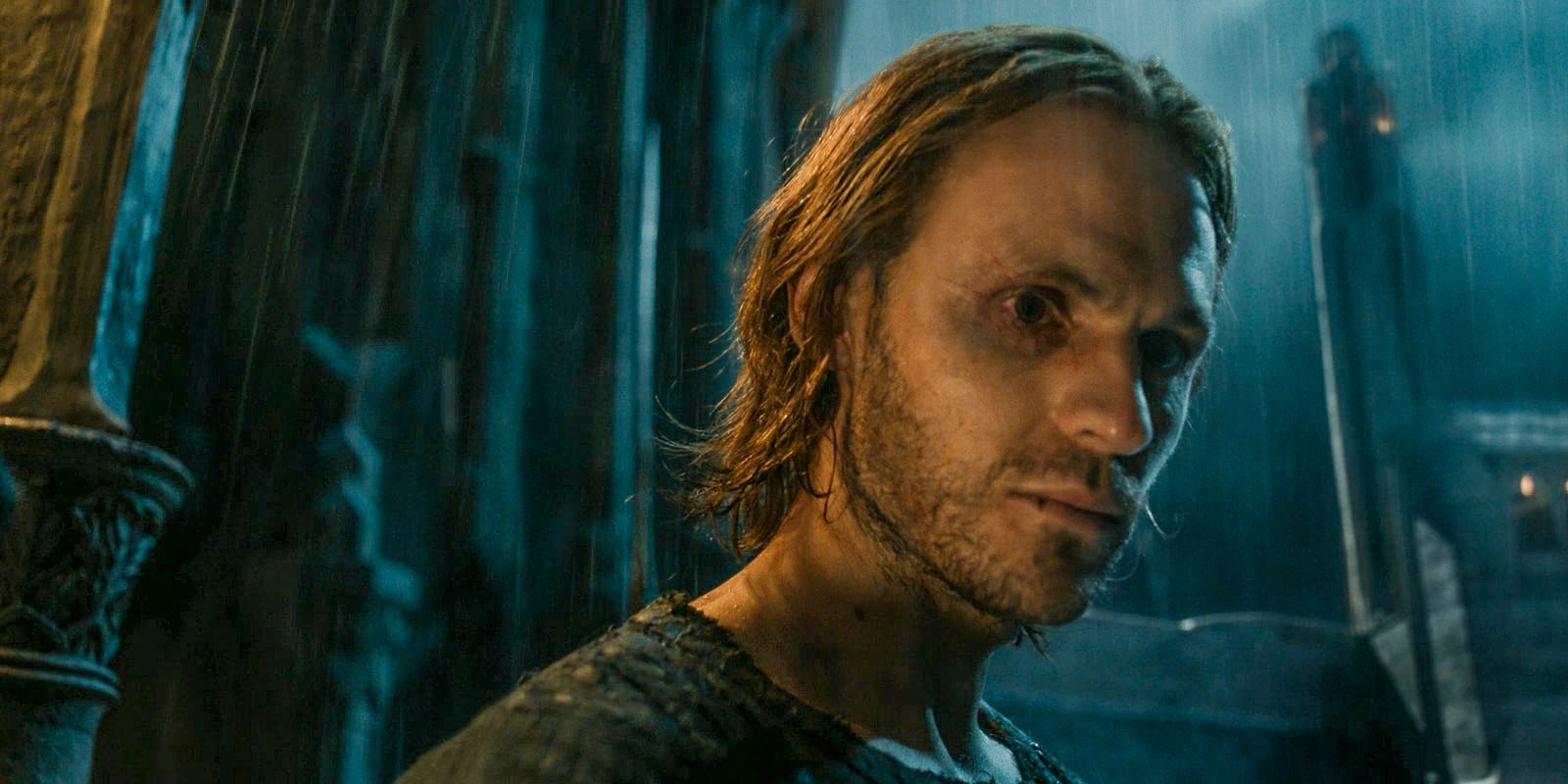
Although changes have been made to the Iron Crown in The Rings of Power, it is intriguing that what it represents mostly remains the same. In Tolkien’s works, Morgoth’s Crown represents pure power. While it also personified Morgoth’s weaknesses, such as his pride and hubris, it represented his power. The Crown, combined with the Silmarils, showed that Morgoth was the single most powerful being in Middle-earth and that only the combined strength of elves, men, and Valar could defeat him in the War of the Great Jewels.
The War of the Great Jewels consisted of six major battles across the First Age.
In The Rings of Power, the Iron Crown represents similar. Given that Morgoth’s Crown was being used by Sauron as a way to showcase to Adar and the Uruks that he is Morgoth’s successor, the symbolism of power remains. As a double-edged sword, however, the Iron Crown also represents the power to defeat Sauron. If Sauron claims it, he will truly become Morgoth’s successor. That said, if Adar and Galadriel get their wish in The Rings of Power season 2, the Iron Crown will be used to defeat him once and for all.




